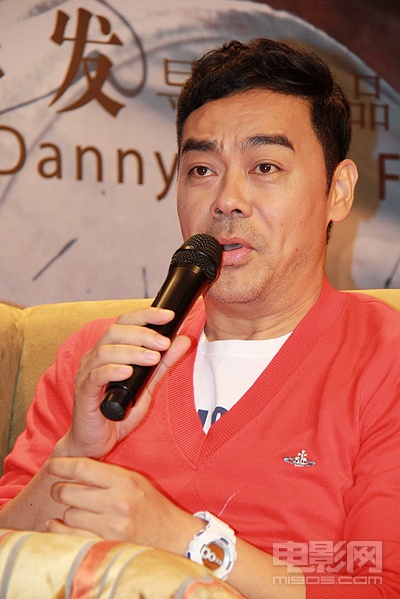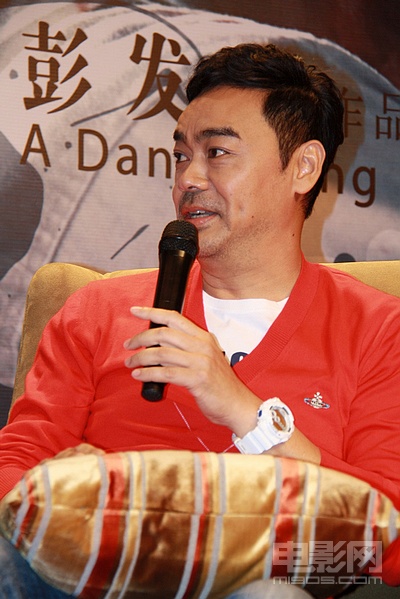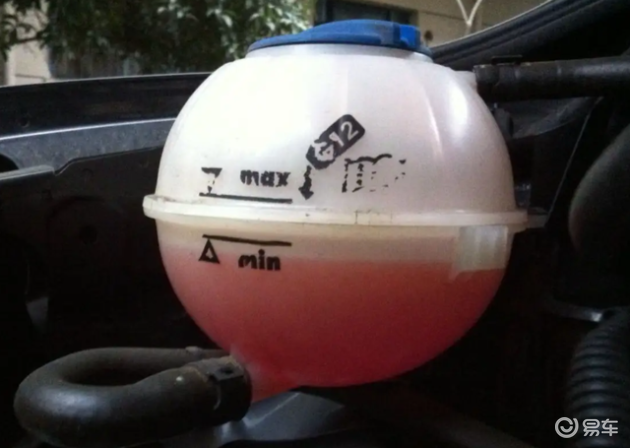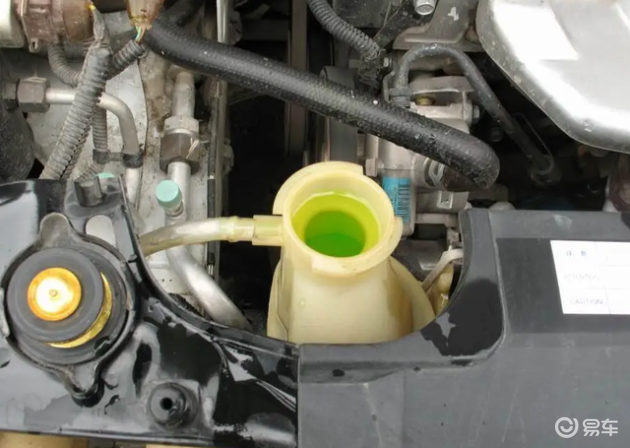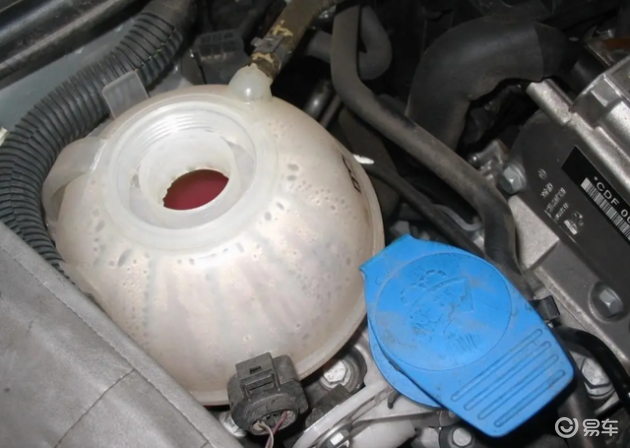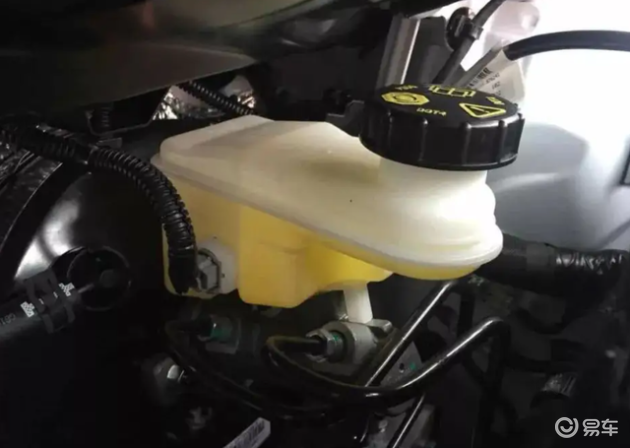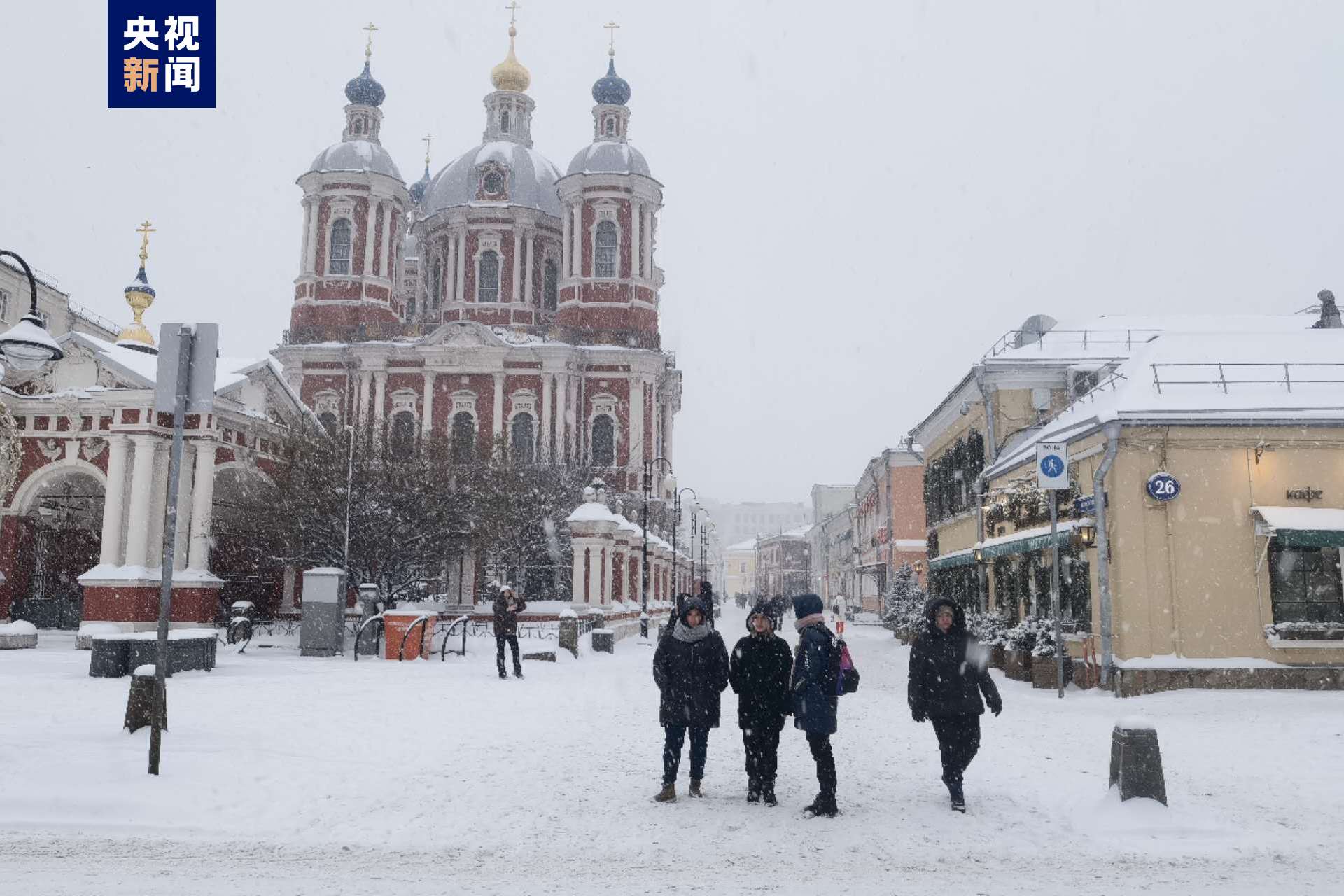abstract
2023/10/17
10 central enterprises collectively act! Since September, more than 100 companies have repurchased their holdings;
Will the US government take more measures to restrict the export of chips to China? The Ministry of Foreign Affairs responded;
The State Council: Improve the support capacity of strategic mineral resources such as rare earths;
In September, the electricity consumption of the whole society increased by 9.9% year-on-year;
Contemporary Amperex Technology Co., Limited Shenxing rechargeable battery launched the first landing Star Road Star Era model;
Institution: suppliers expand production reduction, and the quarterly increase of NAND Flash contract price in the fourth quarter is estimated to be 8-13%;
The three major US stock indexes collectively closed up, with the Nasdaq rising by 1.2%;
Chairman Haitian Weiye proposed a big buyback.
Overnight outer disk

The three major indexes of US stocks rose across the board. At the close, the Dow Jones index rose 0.93%, the Nasdaq index rose 1.2% and the S&P 500 index rose 1.06%. Popular technology stocks generally rose, with Amazon and Meta rising more than 2%, and Microsoft, Google, NVIDIA and Tesla rising more than 1%. Popular Chinese stocks are mixed, with the future rising by nearly 7%, Tencent Music rising by nearly 6% and JD.COM rising by over 2%.

Europe’s three major indexes rose across the board. At the close, Britain’s FTSE 100 index rose 0.41%, France’s CAC40 index rose 0.27%, and Germany’s DAX30 index rose 0.34%.
Hot spot focusing
1, 10 central enterprises collective action! Since September, more than 100 companies have repurchased and increased their holdings.
On October 16th, 10 central enterprises announced one after another, which set off a new wave of repurchase and increase holdings, including China Petrochemical, baoshan iron & steel, COSCO Haikong, China Mobile, China Railway Construction, China Coal Energy, Three Gorges Energy, China Power Construction, Hikvision and China Resources Micro. Among them, five listed companies announced plans to increase their holdings by about 500-1.63 billion yuan; Two listed companies announced the progress of increasing their holdings, totaling about 2.343 billion yuan; A listed company adds a repurchase plan, which does not exceed 3 billion yuan; Two listed companies announced the progress of repurchase, totaling 475 million yuan. In fact, this wave of repurchase holdings has started since September. According to incomplete statistics, since September, more than 40 listed companies in the A-share market have issued relevant announcements to increase their holdings, including shareholders, Dong Jiangao and dealers. More than 60 listed companies have issued share repurchase plans, and most of the repurchased shares are used to implement equity incentives or employee stock ownership plans.
2. The US government will take more measures to restrict the export of chips to China? Ministry of Foreign Affairs responded
According to CCTV news, on October 16th, Foreign Ministry Spokesperson Mao Ning held a regular press conference. A reporter from Reuters asked that the Biden administration is expected to take more measures to restrict the export of chips to China. What is China’s response to this? Mao Ning said that China has repeatedly stated its position on US chip export control to China. We believe that the United States should stop politicizing, instrumentalizing and weaponizing economic, trade, scientific and technological issues, and stop disrupting the stability of the global supply chain. China will pay close attention to relevant trends and resolutely safeguard its own rights and interests.
3. the State Council: Improve the support capacity of strategic mineral resources such as rare earths.
The State Council issued the Opinions on Promoting the High-quality Development of Inner Mongolia and Striving to Write a New Chapter of Chinese Modernization, in which it proposed to support the systematic exploration and evaluation, protective development, high-quality utilization and standardized management of strategic mineral resources in Inner Mongolia, and to enhance the support capacity of strategic mineral resources such as rare earth, iron, nickel, copper, tungsten, tin, molybdenum, gold, fluorite, crystalline graphite, lithium, uranium and helium. Accelerate the development of high-end rare earth functional materials such as high-purity rare earth metals, high-performance rare earth permanent magnets and high-performance polishing. Expand the application of rare earth catalytic materials in steel, cement, glass, automobile, thermal power and other industries. Support Baotou Rare Earth Products Exchange to build a nationwide rare earth products trading center according to laws and regulations, and build Baotou into the largest rare earth new material base in China and the world’s leading rare earth application base.
4. the State Council: Support the application for the establishment of China (Inner Mongolia) Pilot Free Trade Zone according to procedures.
The State Council issued the Opinions on Promoting the High-quality Development of Inner Mongolia and Striving to Write a New Chapter of Chinese Modernization, in which it proposed to support the application for the establishment of China (Inner Mongolia) Pilot Free Trade Zone according to procedures. Accelerate the integrated development of processing, investment and trade in Manzhouli and Erenhot mutual trade zones. Study and optimize the setting of administrative divisions at border ports to enhance the endogenous development momentum. We will promote innovative management models in Manzhouli and Zhalainuoer, Wulanchabu and Erenhot, and promote the joint development of ports and hinterland. Further consolidate the industrial foundation and promote the high-quality development of the comprehensive bonded zone. Promote cooperation with Mongolia and Russia in agriculture, forestry, animal husbandry and fishery, energy and minerals, infrastructure and other fields. Strengthen technical and project exchanges and cooperation with Mongolia and other neighboring sand source countries in the fields of dust source monitoring and comprehensive management, ecological environment and ecological restoration. Support Inner Mongolia to expand economic and trade cooperation with Singapore and other countries.
5. National Energy Administration: In September, the electricity consumption of the whole society increased by 9.9% year on year.
On October 16th, the National Energy Administration released data on electricity consumption of the whole society in September. In September, the electricity consumption of the whole society was 781.1 billion kWh, a year-on-year increase of 9.9%. In terms of industries, the electricity consumption of the primary industry was 11.7 billion kWh, up 8.6% year-on-year; The electricity consumption of the secondary industry was 519.2 billion kWh, up 8.7% year-on-year; The electricity consumption of the tertiary industry was 146.7 billion kWh, a year-on-year increase of 16.9%; The domestic electricity consumption of urban and rural residents was 103.5 billion kWh, a year-on-year increase of 6.6%.
6, Contemporary Amperex Technology Co., Limited Shenxing rechargeable battery first landing Star Road Star Era model.
On October 16th, Chery Group and Contemporary Amperex Technology Co., Limited jointly announced that Shenxing rechargeable battery had landed in the era of Qi Ruixing, and the strategic cooperative relationship between them was further deepened. Relying on Contemporary Amperex Technology Co., Limited’s leading extreme manufacturing capacity, Shenxing rechargeable battery will be mass-produced by the end of 2023, and the vehicle equipped with Shenxing rechargeable battery will be officially launched in the first quarter of next year. In the future, Chery Group and Contemporary Amperex Technology Co., Limited also plan to simultaneously promote Shenxing rechargeable battery models in overseas markets, explore markets in Europe, the Middle East, ASEAN and North America, and jointly promote the early realization of global electrification and national double carbon targets. Up to now, Shenxing rechargeable battery has landed in brands such as Chery, Aouita and Nezha Automobile. Contemporary Amperex Technology Co., Limited is leading the industry into the era of overcharge of new energy vehicles.
7. Organization: Suppliers expand production reduction. The quarterly increase of NAND Flash contract price is estimated to be 8-13% in the fourth quarter.
According to the research of TrendForce Jibang Consulting, due to the strict control of output by suppliers, the contract price of NAND Flash rose in the fourth quarter, with an increase of about 8-13%. Looking forward to 2024, unless the original factory can still maintain the production reduction strategy, and the demand for Enterprise SSD in the server field warms up, it will be difficult for NAND Flash to continue its upward trend without the support of demand.
Theme opportunity
1. The price of fluorite rose to an eight-year high, and leading enterprises were investigated by hundreds of institutions.
On October 16th, the mainstream delivery price of domestic fluorite market was 3,700 yuan to 3,900 yuan/ton. The quotation of some enterprises has increased by more than 20% compared with that before the National Day, and the price has reached the highest level in eight years. Prior to this, two fluorite mine safety accidents occurred in Inner Mongolia and Jiangxi, and the rectification efforts of non-coal mines continued to increase, and the mine operating rate continued to decrease at a low level. On the company side, Jinshi Resources has been investigated by more than 130 institutions recently. The company said that fluorite is a non-renewable, irreplaceable and recyclable resource, and some small mines have withdrawn or suspended due to resource exhaustion or other reasons, and strict supervision has been normalized. The threshold has increased, and the increase in mining and processing costs has also increased their prices. During the National Day this year, the price of fluorite increased rapidly. As far as the increase is concerned, this year is stronger than the same period of last year, and the company will follow the market. In terms of production capacity, if the three production lines of Baotou Steel Jinshi can fully reach production next year, the output can reach the goal of 600,000 to 800,000 tons; Yonghe Co., Ltd. (sh605020) currently owns 3 fluorite mining rights and 2 fluorite exploration rights, and the proven fluorite reserves have reached 4,852,700 tons of ore. In September this year, the company obtained a new mining license for Sumo Chagan Aobao fluorite mine. The production scale of fluorite ore is 120,000 tons/year, and it is expected that it can be mined by 2025, at the earliest or at the end of 2024.
2. The leading flash memory manufacturers’ role in reducing production shows that institutions are optimistic about the bottoming out of the industry.
According to TrendForce Jibang Consulting, due to the strict control of output by suppliers, the contract price of memory NAND Flash rose in the fourth quarter, with an increase of about 8% to 13%. For NAND FIashWafer, after Samsung’s production reduction was expanded to 50%, other original factories also maintained a controlled film-throwing strategy. After the production reduction for more than half a year, some processes and capacities showed structural supply shortage, and it is expected that the contract price will increase by 3% to 18% in the fourth quarter. Tianfeng International Securities believes that the semiconductor industry is a typical industry with obvious two characteristics of strong cycle growth, which generally follows the law of completing a round of ups and downs in four to five years. The downward cycle of this round of memory chip prices has lasted for one and a half years. According to the short cycle distribution of Niu Changxiong and the recent price increase signals of DRAM and NAND Flash, it is currently in the brewing stage of the downward tail to regain its upward trend, and the industry is expected to gradually recover after bottoming out in the third quarter. You can pay attention to Jiang Bolong and De Mingli.
3, Huawei asked the car to re-expose the black technology photovoltaic roof charging battery life
It is reported that the flagship SUV model M9 of AITO will be officially launched at the end of the year. Recently, there are channels to expose the two "black technologies" unique to the car world M9. One of them is that the car world M9 is equipped with solar panels on the roof and hood. When the weather is fine, it can increase the vehicle’s endurance by 20 kilometers every day, and even meet the commuting needs of some people. The analysis points out that solar energy technology is becoming cheaper and more efficient. In addition, the electric vehicle industry has made great progress, battery technology has been continuously improved, and the penetration rate among customers has been continuously improved. The intersection between these trends and related enterprises is the best opportunity for solar electric vehicles. The development of solar electric vehicle technology will make electric vehicles a real "new energy" vehicle, which is of great significance to the green development and the realization of the double carbon goal. You can pay attention to Amarton and Tuo Ri Xinneng.
Company news
1. Borui Medicine: The polypeptide hypoglycemic drugs of its subsidiary are still in the research and development stage.
Borui Pharmaceutical (688166) disclosed the announcement of stock trading changes on the evening of October 16th. The peptide hypoglycemic drug BGM0504 injection independently developed by Borui Xinchuang Biomedical Technology (Wuxi) Co., Ltd., a holding subsidiary of the company, is still in the research and development stage. As of the disclosure date of the announcement, the two indications of weight loss and treatment of type 2 diabetes have only obtained the ethical approval of phase II clinical trials, and the phase II clinical treatment of type 2 diabetes has begun to enter the group. After the phase II clinical trial is completed, the confirmatory clinical trial scheme needs to be confirmed by National Medical Products Administration, and the phase III clinical study needs to be carried out and completed, and it can only be produced and put on the market after being reviewed and approved by National Medical Products Administration.
2. Kanghui Pharmaceutical: Shaanxi Youbang has not produced the intermediate of diet pills at present.
Kanghui Pharmaceutical (603139) issued a clarification announcement on the evening of October 16. Shaanxi Youbang was the holding company of the company acquired in September 2020. Due to the overall market environment, Shaanxi Youbang continued to lose money since its merger in October 2020. At present, Shaanxi Youbang is carrying out small-scale pilot production of the intermediates of Smegrupeptide and Teborpeptide. After the small-scale pilot production, it is necessary to complete the pilot stage before large-scale production can be carried out. At present, Shaanxi Youbang does not have the production capacity of the intermediate of smeglutide and teportide.
3. Shuanglu Pharmaceutical Co., Ltd.: GLP-1 receptor agonist has not been independently studied for weight loss.
Shuanglu Pharmaceutical Co., Ltd. (002038) disclosed the announcement of stock trading changes on the evening of October 16th. At present, the company’s research project GLP-1 receptor agonist (Japanese preparation) has completed the follow-up of all the enrolled subjects in the third phase, and it is in the stage of clinical data collation. The preliminary results show that the products developed by the company are basically the same as those of the original research drug Novotel, and there is no difference in safety. This product has not been clinically studied for weight loss alone, but the weight change at baseline and after 24 weeks was observed as a secondary therapeutic index in phase III clinical study.
4. Baihua Medicine: There is no production and sales of drugs related to liraglutide and smeaglutide.
Baihua Pharmaceutical (600721) issued a risk warning on the evening of October 16th. The company only carried out the preliminary research work of the synthesis route screening and pilot test of liraglutide and smeagoutide projects, and there was great uncertainty in the subsequent research and development. At present, no customers entrust our company with research and development, and the company has no related drug production and sales. The company mentioned in the reply of the interactive platform that "there is a slimming product in the research project", only orlistat capsules; The project began drug research and development in July 2022, and is currently in the clinical research stage.
5. Far East Co., Ltd.: The customer of the company’s liquid-cooled high-power cable sample delivery is not Huawei.
Far East Co., Ltd. (600869) issued an explanatory announcement on the evening of October 16th, regarding the sample delivery of the company’s liquid-cooled high-power cable to Huawei supplier Yonggui Technology in the early stage. At present, the relevant samples are still being tested by the other party, and the customer of the company’s liquid-cooled high-power cable delivery is not Huawei, and it has not yet passed the final test of Yonggui Technology. There is uncertainty about whether the final test passed or not, and whether the company generates revenue.
7. Zhengqiang shares: It is planned to establish a new energy automobile battery manufacturing company through joint venture.
Zhengqiang Co., Ltd. (301119) announced on the evening of October 16 that the company recently signed the Cooperation Agreement on Joint Venture with Hangzhou Shiteng New Energy Co., Ltd. and Ningbo Shuoqing Technology Co., Ltd., and all parties intend to jointly invest in the establishment of a joint venture company. The registered capital of the joint venture company is 100 million yuan, of which the company contributes 55 million yuan, accounting for 55%. After the establishment of the joint venture company, it will mainly engage in the manufacture, integration and sales of energy storage and new energy vehicle batteries; Production and sales of battery spare parts and accessories and other related technology development and business expansion.
8. tonghua dongbao: Engelje raw materials and tablets were approved for marketing.
Tonghua dongbao (600867) announced on the evening of October 16th that the raw materials and tablets of Engelgin were approved for marketing. Engleggin is a highly selective SGLT-2 inhibitor with a unique insulin-independent hypoglycemic mechanism, which is mainly used to improve blood sugar control in patients with type 2 diabetes.
9. Guoxin Technology: The internal test of the new automotive electronic MCU product was successful.
On the evening of October 16th, Guoxin Technology (688262) announced that the new generation of automotive electronic MCU product "CCFC3007PT" developed by the company has been successfully tested in the company recently. The chip is developed and produced based on 40nmeFlash technology. Compared with CCFC3008PT chips of the same series, the communication LIN is increased to 16 channels, and the MCAN is increased to 12 channels. The storage capacity of the chip is increased to 12 bytes, the highest configuration Flash for data storage is 512K bytes, and the memory space SRAM is increased to 1536K bytes.
10. Shensi Electronics: jointly won the bid for the project of 1.369 billion yuan.
Shensi Electronics (300479) announced on the evening of October 16 that the consortium led by the company won the bid for the construction project of digital Jinan city comprehensive perception and early warning network engineering information platform, with the winning bid amount of 1.369 billion yuan. According to the workload division agreed by the consortium, the amount of projects undertaken by the company is about 809 million yuan, accounting for more than 50% of the company’s operating income in 2022.
11. Baolong Technology: notified by the designated point of ADAS project of a head independent brand OEM.
Baolong Technology (603197) announced on the evening of October 16th that it had recently received a "Fixed Point Notice" from a domestic head self-owned brand main engine factory, and selected the company as the supplier of pavement preview system for its brand-new platform project. According to the customer’s plan, the life cycle of the project is 3 years, and the total amount of the life cycle exceeds 300 million yuan. It is expected that mass production will begin in the first half of 2024.
12. baoshan iron & steel: It is planned to buy back the A shares of the company for no more than RMB 3 billion.
Baoshan iron & steel (600019) announced on the evening of October 16th that it planned to buy back A shares of the company at a price of 8.86 yuan per share with its own funds of no more than 3 billion yuan, and the number of shares repurchased was no less than 330 million shares and no more than 500 million shares, accounting for about 1.48%-2.25% of the company’s total share capital before repurchase.
13. Haitian Weiye: The chairman of the board proposed to buy back shares of 500 million yuan to 800 million yuan.
Haitian Weiye (603288) announced on the evening of October 16 that Pang Kang, the chairman of the company, proposed that the company buy back some public shares by centralized bidding. The total amount of the repurchase funds is not less than 500 million yuan and not more than 800 million yuan.
14. China Mobile: The actual controller’s increase has exceeded 50% of the lower limit of the increase plan.
China Mobile (600941) announced on the evening of October 16th that during the period from January 21st, 2022 to October 16th, 2023, China Mobile Group increased its holdings of 26,258,400 A-share shares, accounting for 0.123% of the total issued A-share shares of the company, accounting for 2.909% of the total issued A-share shares of the company, and the accumulated holding amount was about 1.514 billion yuan, which exceeded the holding plan. China Mobile Group will continue to increase its holdings and complete the plan before December 31, 2023.
15. Beijing-Shanghai high-speed railway: It is estimated that the net profit in the first three quarters will be 8.253 billion yuan to 9.662 billion yuan.
The Beijing-Shanghai High-speed Railway (601816) announced on the evening of October 16th that it is estimated that the net profit for the first three quarters will be 8.253 billion to 9.662 billion yuan, compared with 152 million yuan in the same period last year. In the first three quarters of 2023, the safety of high-speed rail within the company continued to be stable, and the domestic passenger transport market showed a steady recovery trend.
16. TCL Technology: The net profit in the first three quarters increased by 448%-502% year-on-year.
TCL Technology (000100) released its performance forecast on the evening of October 16th. It is estimated that the net profit for the first three quarters of 2023 will be 1.541 billion yuan to 1.691 billion yuan, up 448%-502% year-on-year. In the third quarter, the net profit returned to the mother was 1.201 billion yuan to 1.351 billion yuan, turning losses year-on-year. During the reporting period, the company firmly adhered to the strategy of large-size high-end, accelerated the business layout of medium-size IT and vehicle, consolidated the position of small-size market, and expanded the VR/AR and special display market. The quarterly profit of semiconductor display business in the third quarter increased significantly year-on-year and quarter-on-quarter. In the field of new energy photovoltaic business, TCL Zhonghuan accelerated manufacturing transformation and technological innovation transformation, enhanced flexible manufacturing capability, accelerated global business layout and industrial chain coordination, and made sustained and stable contributions to performance.
17. Linglong Tire: It is estimated that the net profit in the first three quarters will increase by 317%-400% year-on-year.
Linglong Tire (601966) announced on the evening of October 16th that it is estimated that the net profit attributable to shareholders of listed companies will reach 900 million-1.08 billion yuan in the first three quarters of 2023, up by 317%-400% year-on-year. In 2023, benefiting from the continuous recovery of domestic economic activities and the rising demand in overseas markets, the company achieved a cumulative sales growth of 20.8% from January to September, among which the passenger car tires with high Mao Lijiao increased by 23.25%.
18. Jinhui Liquor: The net profit in the first three quarters was 273 million yuan, a year-on-year increase of 27.55%.
Jinhui Liquor (603919) released its third quarter report on the evening of October 16, and achieved an operating income of 496 million yuan in the third quarter, a year-on-year increase of 47.84%; The net profit attributable to shareholders of listed companies was 18.2308 million yuan, an increase of 884.79% year-on-year. In the first three quarters, the net profit attributable to shareholders of listed companies was 273 million yuan, a year-on-year increase of 27.55%. During the reporting period, the proportion of products above 100 yuan in the main business income increased to 79%.
Pien Tze Huang: Net profit in the third quarter was 864 million yuan, up 17.03% year-on-year.
Pien Tze Huang (600436) released its third quarterly report on the evening of October 16th, and achieved an operating income of 2.555 billion yuan in the third quarter, up 16.48% year-on-year; The net profit of returning to the mother was 864 million yuan, a year-on-year increase of 17.03%.
Editor: peng bo
Proofreading: Li Lingfeng
























